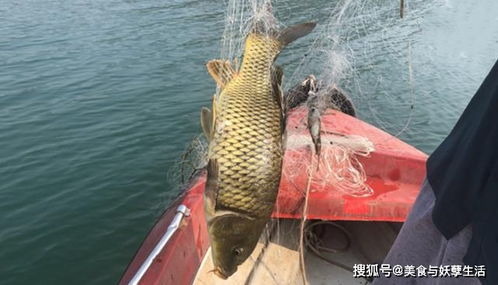Content:
The allure of deep-sea fishing lies in the mysterious and vast depths of the ocean, where the game is not just about the fish you catch but also the adventure of exploring the unknown. Whether you're a seasoned angler or a beginner looking to dive into the deep blue, mastering the art of deep-sea fishing requires a blend of knowledge, equipment, and technique. Here are some essential tips and tricks to help you hook a fish in the deepest waters.
Understanding the Deep-Sea Environment
Before you cast your line into the deep, it's crucial to understand the unique challenges and opportunities that the deep-sea environment presents. The water pressure increases dramatically with depth, reaching up to 1,000 times the atmospheric pressure at the surface. This pressure can crush standard fishing gear, so specialized equipment is a must.
Choosing the Right Gear
Reels and Lines: Use a sturdy, deep-sea reel designed to handle heavy-duty lines and withstand high pressure. Monofilament lines are generally more flexible and less likely to snap under pressure, but braided lines offer better sensitivity and strength.
Hooks and Lures: Deep-sea fish are strong and can be quite large, so opt for heavy-duty hooks and lures. Jigging hooks and heavy-duty sinkers are ideal for targeting bottom-dwelling species.

Rigs and Leaders: A heavy-duty rig with a strong leader is essential to prevent break-offs. Leaders should be at least 30 feet long to accommodate the increased pressure and to reduce the likelihood of line twists.
Depth Finders and Sonar: These tools are invaluable for locating fish and understanding the underwater terrain. They can help you navigate through underwater canyons, ridges, and other structures where fish might congregate.
Techniques for Deep-Sea Fishing
Jigging: This technique involves repeatedly lifting and dropping a lure to mimic the motion of a struggling prey. It's effective for targeting fish that are actively feeding and can be used in both clear and murky waters.
Trolling: Trolling involves slowly dragging a lure or bait behind the boat. This method is great for covering a lot of water and can be effective for a variety of fish species.
Bottom Fishing: This technique involves anchoring the boat and fishing directly on the bottom. It's used to target fish that live near the seabed, such as groupers and snappers.
Live Baiting: Using live bait, such as squid or mackerel, can be highly effective in the deep-sea. The natural movements of live bait can attract fish that are more elusive to artificial lures.
Free-Lining: For the purists, free-lining involves simply dropping a lure or bait to the bottom and waiting for a bite. This method requires patience and is best suited for areas with a high concentration of fish.
Safety and Preparedness
Weather and Sea Conditions: Always check the weather forecast and sea conditions before heading out. The deep-sea can be unpredictable, and rough weather can quickly turn a fishing trip into a survival situation.
Emergency Equipment: Carry essential safety gear, including a life jacket, first aid kit, and emergency beacon. Make sure your boat is equipped with a reliable communication system.
Know Your Limits: Deep-sea fishing can be physically demanding. Understand your own limits and the limits of your equipment to avoid accidents.
Conclusion
Deep-sea fishing is an exhilarating pursuit that requires patience, skill, and the right equipment. By understanding the environment, choosing the right gear, and mastering the appropriate techniques, you'll be well on your way to catching fish in the deepest waters. Remember to always prioritize safety and respect the ocean's power and beauty. With the right approach, you'll not only bring home a trophy but also unforgettable memories of an adventure deep in the heart of the sea.












